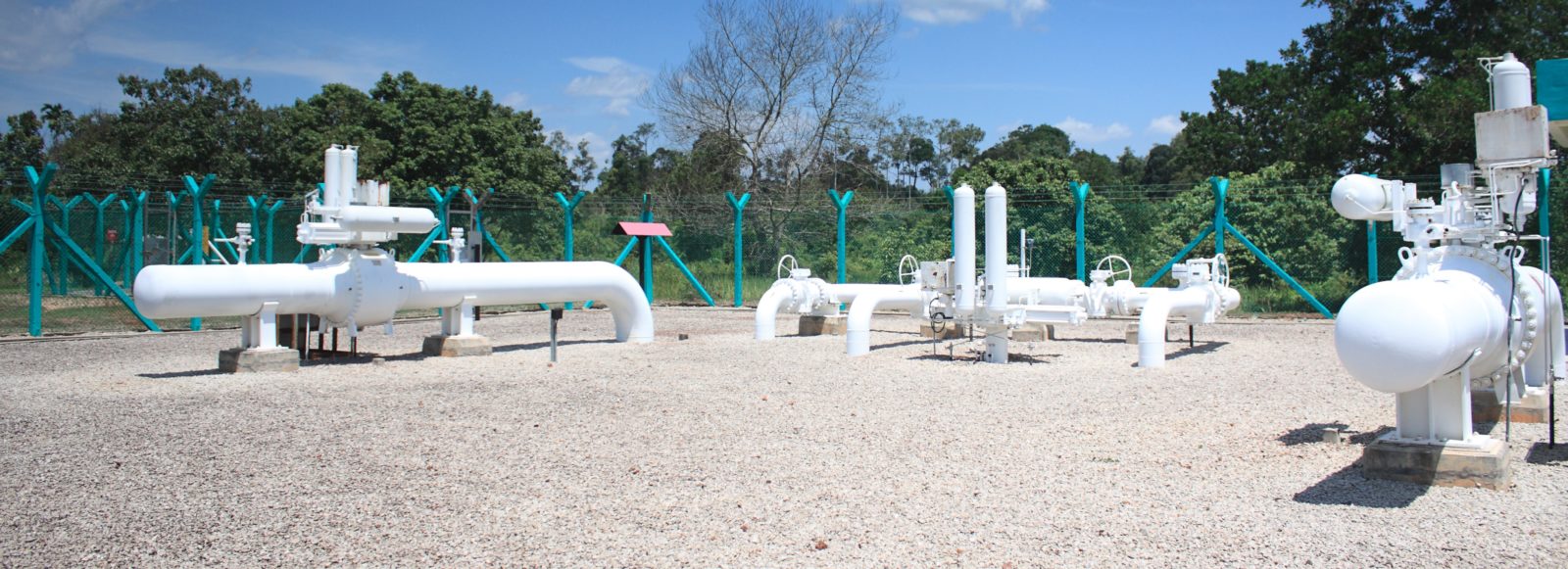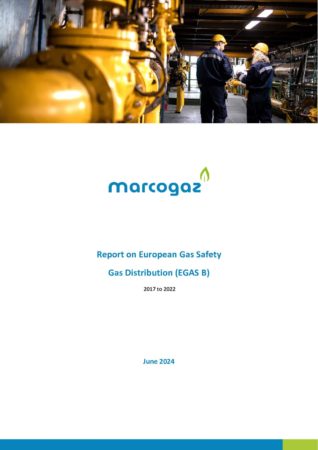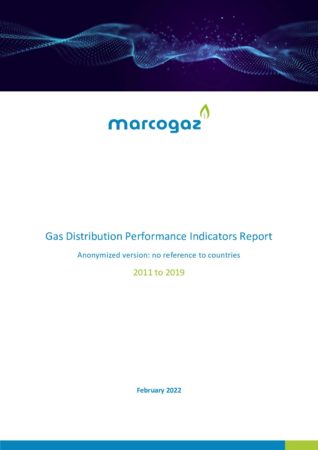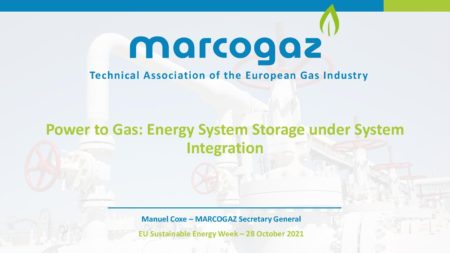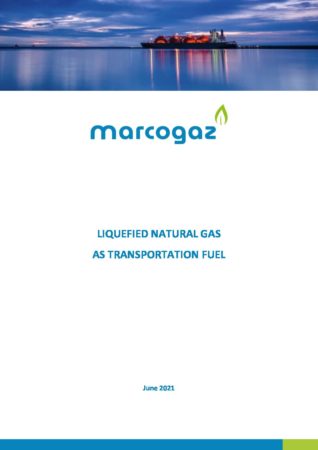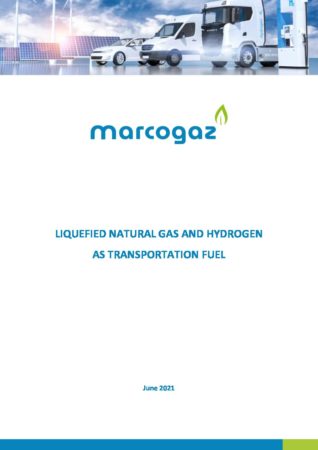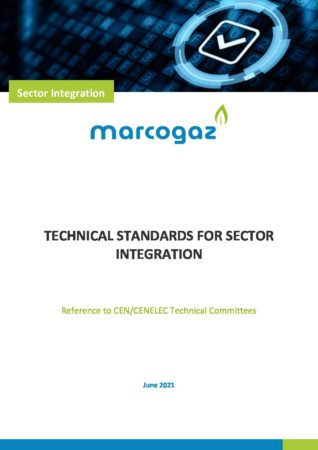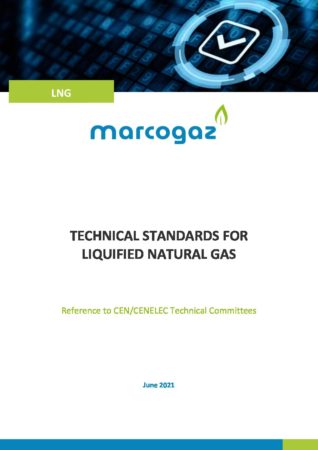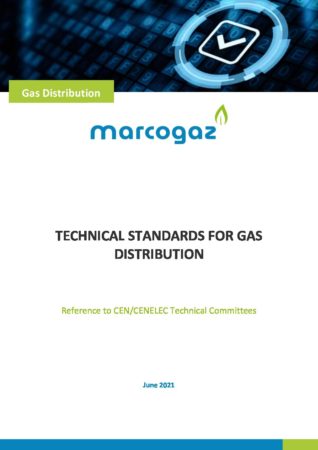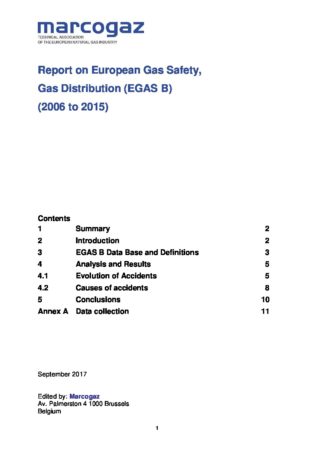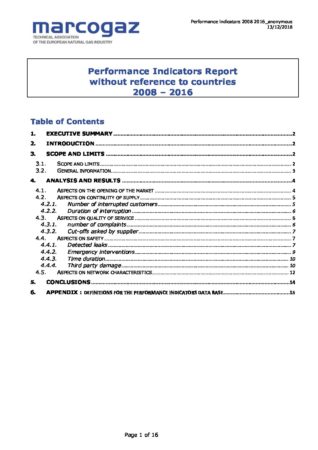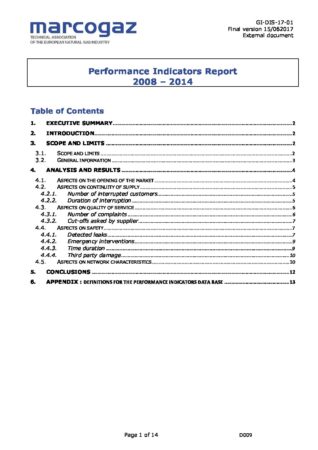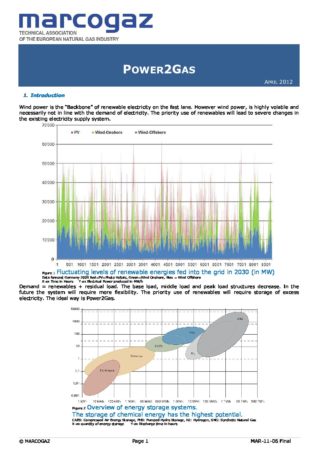Downstream Gas System (G3)
The downstream infrastructure connects the midstream systems and the final users. In this chain segment, distribution networks play a pivotal role operating at low pressure (up to 16 bar) with pipelines mainly made of plastic (polyethylene, PVC, etc.), yet some can be made of steel or cast iron.
The distribution network is made up of a number of installations, including: pressure reducing stations, metering stations, valve stations, main lines, service lines, injection stations and blending stations.
DSOs must work towards the permanent safety and integrity of the low-pressure gas system in all locations. Most of the distribution network is located in densely populated areas, such as capital cities, thus requiring a high level of safety. The major threats identified to the network are interferences caused by human activities in the vicinity of the installations.
MARCOGAZ works with the European standardisation organisation (CEN) to determine the technical requirements and functionalities (EN 12007) that guarantee the safe gas distribution in Europe. Incident prevention and emergency preparedness are regularly covered in reports conducted by MARCOGAZ, based on disturbances that have occurred in the distribution sector.
Injecting new gases in the distribution network can also be a challenge for operators, which must ensure that the level of safety, efficiency and integrity remains unchanged. During this process, the potential technical constraint — network tightness and material resistance — is also overseen by DSOs. In addition, the operational procedures and technical standards must be reviewed beforehand to confirm that they are still applicable for new gases. Injection and blending processes are also addressed in this framework.
Readiness of distribution systems in delivering new sustainable gases to end users is also strictly connected to achieving a decarbonized transport system, in fact, supplying liquified and compressed gases to heavy and light vehicles can substantially reduce the emissions of the mobility sector. The availability of LNG for mobility purposes presents another challenge to the industry, as more filling stations need to be developed to make LNG available for end-users.
It is at downstream level that the opportunity of integrating multiple energy carriers (such as electricity and low-carbon gases) arises, with the promises of ensuring a reliable and resource-efficient energy delivery at the least possible cost for society. The EU considers the energy system integration as the pathway towards an effective, affordable and deep decarbonisation of the economy in line with the Paris Agreement and the UN’s 2030 Agenda for Sustainable Development. Hydrogen, biofuels, biogas and biomethane are posed to play an important role in the EU’s decarbonisation process. Natural gas, renewable gas and low-carbon gases are used, among others, to produce electricity and heating and are playing a significant role in the energy mix towards decarbonisation. However, electricity and gas networks are planned and managed independently from each other, which hampers delivery towards a climate neutral economy. It is technically and economically inefficient and leads to substantial losses in the form of waste heat and low energy efficiency.

Chair
Liliane Wietzerbin

Vice Chair
Joaquim Moreira

